
Station Name: EDGWARE (GNR)[Source:
Nick Catford]
old8.jpg) Edgware station forecourt c. 1905. The building on the right in the foreground is the weigh office which is at the entrance to the goods yard. The 13,500 gallon water tank is seen on the extreme right.
Copyright photo from John Alsop collection  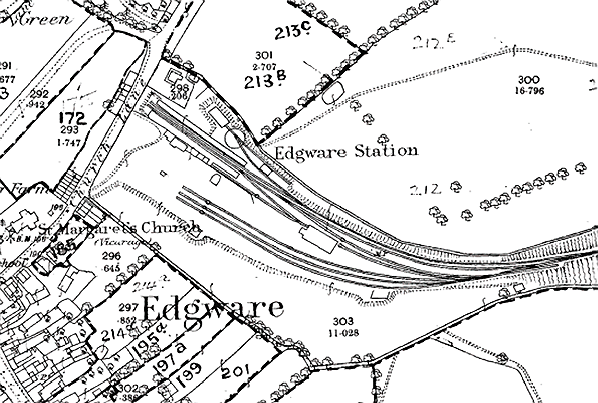
1874 1:2,500 OS map. This shows the station in its original form with two platforms. The up platform was taken out of use in 1872 and had probably already been demolished by the time this map was published. Another early causality was the timber engine shed and turntable which are seen to the north of the up platform. The shed closed in 1878 and was blown down in a blizzard in 1881. Note the wagon turntables near the end of all four sidings.

1914 1:2,500 OS map. The up platform has been removed leaving the up line as a run-round loop. The engine shed and turntable have also been removed and the siding shortened. The water tank and coaling stage are still shown on the north side of the siding. These remained in use until withdrawal of steam in 1961. One wagon turntable remains on the goods shed siding. One of the sidings in the coal yard has been removed. There are some new buildings and a crane to the west of the goods shed. Note the residential development on the west side of Church Lane (now Station Road).
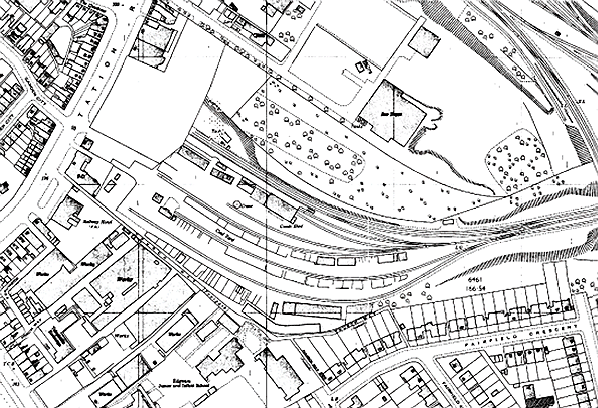 1961 1:2,500 OS map. The station is now closed to passengers but the goods yard is still open. The layout of the yard has been drastically altered especially around the coal yard where new coal bins have been provided. The station building has now been demolished, and the former passenger lines have been cut back leaving just the east end of the platform intact. The water tank and its siding have also been removed. The Northern Line is now shown in the north-east corner. Church Lane has now been renamed Station Road (named after the Northern Line station rather than the GNR station). There has been further residential development to the south of the station.
old7.jpg)
One of the two GNR rail-motors brought in to operate the shuttle service from 19 February 1906. Both were built at Doncaster in 1905 to a design of H.A.Ivatt. The boiler, cab and footplate were built on a 4-wheeled power bogie, whilst the coal bunker was built on the coach frame. As well as the loco water tank, there were extra larger tanks located between the carriage and the underframe. The coach had a driving cab at the rear with communication to the engine by a bell. Also, there was a chain and pulley system along the roof of the carriage, to enable the driver to open and close the regulator. The rail-motors were not popular with passengers as they gave a rough ride, and they were moved elsewhere with a few months. No2 was withdrawn from service in 1926 and the engine unit condemned in 1927. The coach was converted, along with its twin from No1, to an articulated twin set and renumbered to 44151/2, composite brake diagram 217A in 1930. It ran like this until it suffered damage at Hatfield in 1937 and was withdrawn. old10.jpg)
Edgware station in May 1914 after the siding in the foreground was shortened. There are no known photographs of the short-lived engine shed which stood at the end of the siding behind the water tank.
Copyright photo from John Alsop collection old9.jpg)
A shuttle service bound for Finchley stands at Edgware station in 1924.
Copyright photo from John Alsop collection old11.jpg) Edgware station looking west c. 1930s. The large goods shed is seen on the left.
Photo from John Mann collection old5.jpg)
A passenger train stands at the east end of Edgware station in June 1937. The coaling stage is seen beneath the water tank on the left. 4649 was built in 1914 at Doncaster works and delivered new to Kings Cross shed in June carrying the GNR No 1649. This Gresley designed K2, 2-6-0 was renumbered to 4649 in October 1924 and again in 1946 to 1739 by the LNER. It received its final number in 1948 by BR, 61739, which it carried until withdrawal from 38A, Colwick shed on 27 June 1959, and was scrapped at Darlington works in the same year. When introduced, the Walschaert valve gear was unusual on GNR locos and the K2s acquired the nickname ‘Ragtimers’, also enhanced by being lively locos when
running at speed. Copyright photo by H C Casserley old12.jpg)
The main station building at Edgware in the 1950s. Although the passenger service was suspended in 1939 the station remained open for goods traffic. The parcels office was housed in this building until 1961 when it was demolished.
Photo from John Mann collection old3.jpg)
69506 entered service in December 1920 having been built by the North British Locomotive Co. for the GNR. First numbered 1727 by the GNR, it received the number 4727 when it passed to the LNER and was renumbered again in 1946 to 9506. It received its final number in 1948 and lasted in service until May 1961 when it was withdrawn from 34E, New England shed and cut up at Doncaster works a month later. This Gresley designed N2, 0-6-2 passenger tank is seen hauling the Canonbury - Alexandra Palace – Edgware leg of the LCGB (London Branch), ‘Poplar & Edgware Railtourr’ on 5 May 1956.
Copyright photo by RM Casserley 5.jpg) By 1971 only the east end of the passenger platform survived. The west end of the platform and the station building were demolished when the office block,seen in the background, was built. At this time there was a scrap yard in the goods yard and the platform area was a convenient dump for old tyres.
Photo by Ian Baker 4.jpg)
Looking east at the remaining section of platform in March 1975.
Photo by Nick Catford 10.jpg)
Looking west at the site of Edgware station in July 2012. The platform is lost under the office block (Premier House) and the public car park behind it.
Photo by Nick Catford Click on thumbnail to enlarge
|
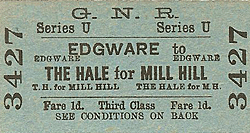
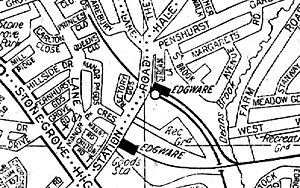
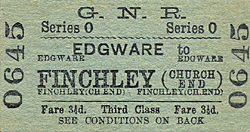
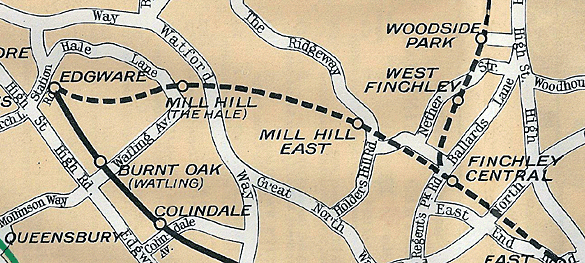
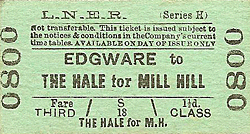
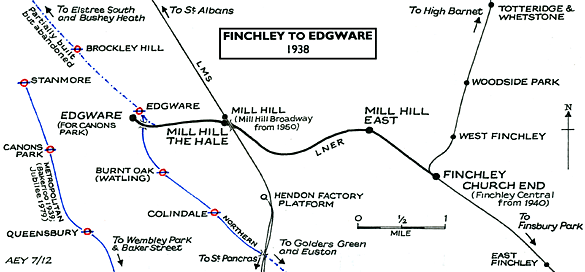
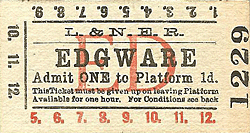
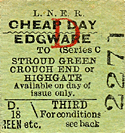
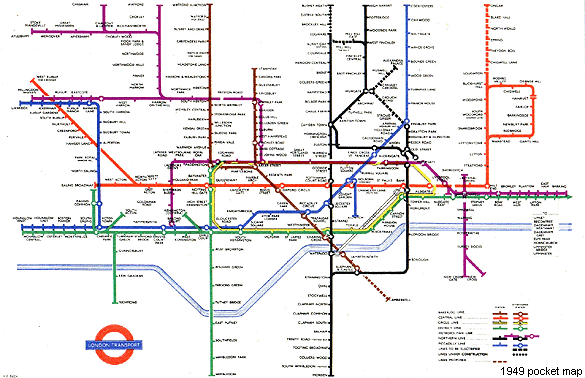
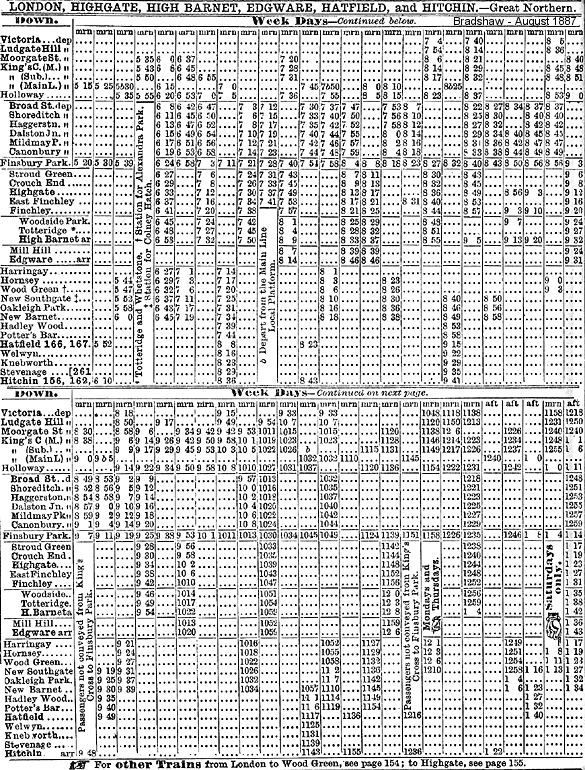
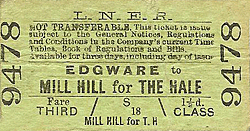
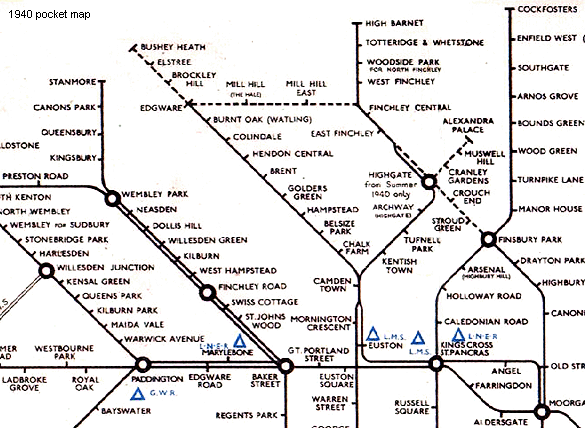
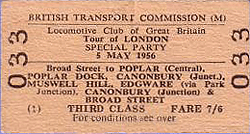
old_thumb13.jpg)
old_thumb4.jpg)
old_thumb1.jpg)
old_thumb2.jpg)
old_thumb6.jpg)
thumb11.jpg)
thumb7.jpg)
thumb8.jpg)
thumb1.jpg)
thumb2.jpg)
thumb3.jpg)
thumb9.jpg)

 Home Page
Home Page